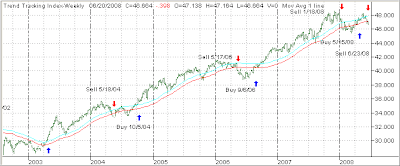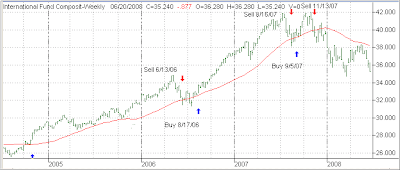 MarketWatch featured an interesting article titled “Learn a lesson—before you get one.” It contained 10 investment rules to live by which, given the fickle and directionless nature of today’s market, may help you keep things in proper perspective by focusing on the big picture.
MarketWatch featured an interesting article titled “Learn a lesson—before you get one.” It contained 10 investment rules to live by which, given the fickle and directionless nature of today’s market, may help you keep things in proper perspective by focusing on the big picture.
While most rules have some merit, I want to focus on only one (number 6), which seems to give investors the most trouble:
6. Fear and greed are stronger than long-term resolve
Investors can be their own worst enemy, particularly when emotions take hold.
Stock market gains “make us exuberant; they enhance well-being and promote optimism,” says Meir Statman, a finance professor at Santa Clara University in California who studies investor behavior. “Losses bring sadness, disgust, fear, regret. Fear increases the sense of risk and some react by shunning stocks.”
After grim trading days like Friday’s nearly 400-point tumble, coming after months of downward pressure on stocks, it’s easy to think you’re the patsy at this card table. To counter those insecure feelings, practice self-control and keep long-range portfolio goals in perspective. That will help you to be proactive instead of reactive.
“It’s critical for investors to understand how they’re cut,” says the Prudent Speculator’s Buckingham. “If you can’t handle a 15% or 20% downturn, you need to rethink how you invest.”
Please read the last paragraph again, which obviously refers to a buy and hold scenario. While every investment approach has its difficult periods, I have found that most clients struggle with the fact that portfolios will fluctuate. It’s a fact of life—live with it or don’t invest!
Some investment approaches, such as trend tracking, may keep you more above water during times of uncertainty, but draw downs of up to around 10% are within an acceptable range. Please note that I said acceptable, not likeable!
Buy and Hold scenarios will not only expose you to the above mentioned 15% to 20% downturns, but far worse. When the inevitable bear market strikes, and it will, pulling your portfolios down closer to the minus 50% area, you will suddenly realize that working with sell stops and suffering through a few whip-saws while seeing portfolio fluctuations in the 10% area is a far better choice.






